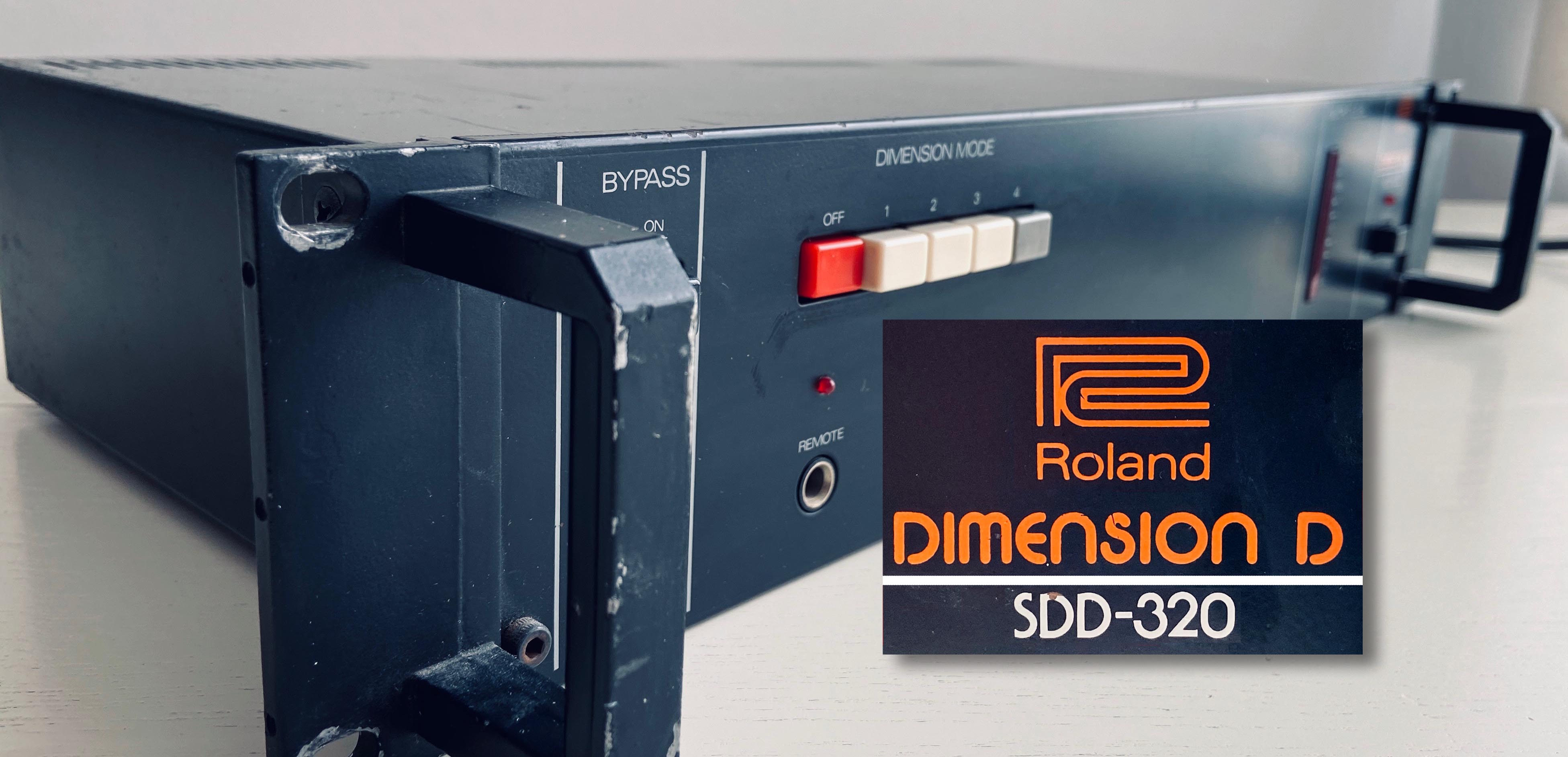Nun Dante ist IMHO zu teuer was die Lizensen angeht und dazu noch wie alle Digitalen Netzwerke mit Latenz behaftet.
Ich hatte schon INEAR über Dante da bekommst du ein echtes layedback feeling.
Ein einfacher Dante Single Channel Converter kostet ca 200 Euro.
Wir benutzen z.B. AVB um die digitalen Stagboxen an den Mixer anzuschließen .
Es gibt einfach zu viele Netzwerkprotokolle und jedes was man wählen würde währe das Falsche.
Finger weg davon, das ist die Büchse der Pandora.
Alleine Allen & Heath verwendet vier verschiedene Audio-Netzwerkprotokolle, je nach Anwendung und Produktreihe.
Zu den wichtigsten Protokollen gehören:
1. Dante: Ein weit verbreitetes Audio-over-IP-Protokoll, das hohe Leistung und niedrige Latenz bietet. Es wird für digitale Audioverbindungen und die Integration in komplexe Audionetzwerke genutzt. Dante ist besonders bekannt für seine Zuverlässigkeit und Flexibilität in professionellen Audioanwendungen.
2. gigaACE: Ein proprietäres Layer-2-Netzwerkprotokoll von Allen & Heath, das für die Punkt-zu-Punkt-Verbindungen zwischen Geräten wie dLive MixRacks und dLive Oberflächen verwendet wird. Es unterstützt hohe Kanalanzahl (z.B. 128x128 oder 300x300 Kanäle bei 96 kHz) und bietet eine sehr niedrige Latenz. Das Protokoll kann auch TCP/IP-Daten kapseln, was die Steuerung und Übertragung von Drittanbieterdaten ermöglicht.
3.SLink: Dieses Protokoll wird für Verbindungen zwischen verschiedenen Allen & Heath Geräten wie Qu, SQ und dLive Systemen verwendet. Es unterstützt unterschiedliche Samplingraten und Kanalanzahlen und ermöglicht flexible Systemerweiterungen.
4. dSNAKE: Ein weiteres proprietäres Protokoll von Allen & Heath, das hauptsächlich für die Verbindung von Stageboxen mit Mischpulten verwendet wird. Es arbeitet über Fast Ethernet (100Base-TX) und bietet eine zuverlässige und kosteneffiziente Lösung für Live-Sound-Anwendungen.
Und dann gibt es noch die vielen anderen:
Neben den bereits erwähnten Protokollen (Dante, gigaACE, SLink, und dSNAKE) gibt es weitere wichtige Audio-Netzwerkprotokolle, die in der professionellen Audioindustrie weit verbreitet sind:
5. AES67: Ein Standard für Audio-over-IP-Interoperabilität zwischen verschiedenen Netzwerk-Audiogeräten. AES67 ermöglicht die Kommunikation zwischen unterschiedlichen Protokollen wie Dante, Ravenna und Livewire, um ein nahtloses und herstellerübergreifendes Audio-Netzwerk zu schaffen.
6. AVB (Audio Video Bridging): Ein IEEE-Standard (IEEE 802.1) für die Übertragung von Audio- und Videodaten über Ethernet-Netzwerke mit garantierter QoS (Quality of Service). AVB sorgt für synchrone Datenübertragung mit geringer Latenz, was es ideal für professionelle Audio- und Videoproduktionen macht.
7. Ravenna: Ein offenes Audio-over-IP-Protokoll, das auf AES67 basiert und hauptsächlich in der Rundfunkindustrie verwendet wird. Ravenna bietet hohe Flexibilität und Skalierbarkeit für komplexe Audio-Netzwerke und unterstützt hohe Kanalanzahlen und Samplingraten.
8. Livewire: Ein von Axia Audio entwickeltes Protokoll, das ebenfalls auf IP-basierter Audioübertragung beruht. Es wird hauptsächlich in Rundfunkanwendungen genutzt und bietet einfache Integration und Interoperabilität mit anderen AES67-kompatiblen Systemen.
9. MADI (Multichannel Audio Digital Interface): Ein älteres, aber immer noch weit verbreitetes Protokoll für die digitale Übertragung von Audio zwischen Geräten. MADI unterstützt bis zu 64 Kanäle bei 48 kHz und bietet eine zuverlässige Verbindung über lange Strecken, oft verwendet in Studios und Rundfunkanwendungen【6†source】.
10. Cobranet: Eines der ersten Audio-over-Ethernet-Protokolle, das Mitte der 1990er Jahre entwickelt wurde. Cobranet bietet bis zu 64 Kanäle pro Netzwerksegment und wird hauptsächlich in Festinstallationen und kommerziellen Audioanwendungen eingesetzt.
Alle diese Protokolle bieten unterschiedliche Vorteile und Einsatzmöglichkeiten, abhängig von den spezifischen Anforderungen der Audioübertragung, wie Latenz, Kanalanzahl, und Interoperabilität.



